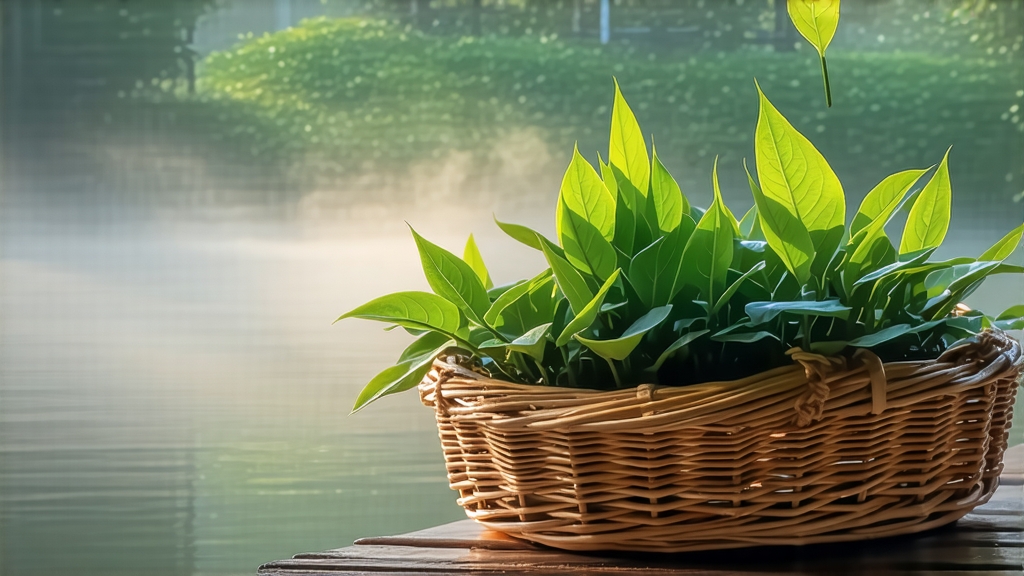
Longjing, literally “Dragon-Well,” is the most celebrated among China’s more than one thousand green-tea varieties. Its fame rests not on marketing alone but on eight centuries of recorded history, an unmistakable chestnut-to-bean aroma, and a leaf so sleek and jade-green that poets have compared it to “liquid jade.” To understand Longjing is to understand how Chinese green tea turns geography, season, and human hand into a fleeting moment of spring that can be re-infused three, sometimes four times in a small porcelain gaiwan.
History: From Buddhist Legend to Imperial Tribute
The earliest written mention appears in Lu Yu’s Classic of Tea (760 CE), yet local monks near Hangzhou’s West Lake were already offering tea to pilgrims three hundred years earlier. During the Southern Song dynasty the spring at Dragon-Well was declared auspicious; Ming scholars built pavilions beside it and wrote that its water “makes tea sing.” In 1689 the Kangxi Emperor tasted a sample from Lion Peak (Shi Feng) and declared it Gong Cha—tribute tea—launching a 250-year monopoly that ended only with the fall of the Qing. American tea traders carried Longjing to the 1876 Centennial Exhibition in Philadelphia, where it won a gold medal and the English name “Dragon-Well” entered the global lexicon. Today the 800-hectare core zone is a UNESCO World Heritage buffer property, and every March 20th the Hangzhou government still conducts a Ming-Qian harvest ritual that is broadcast live across China.
Micro-Regions: Four Hills, One Name
Although “West Lake Longjing” is a protected geographical indication, insiders distinguish four micro-terroirs. Lion Peak (Shi Feng) gives the most sought-after leaves: grown on quartz-rich soil at 300–400 m, the buds accumulate more theanine, yielding a sweet, almost brothy liquor with an orchid finish. Dragon-Well Village itself produces a slightly grassier cup; the terraced gardens of Five Cloud (Wu Yun) Mountain add a faint bamboo note; Tiger-Run (Hu Pao) lies lowest and earliest, giving a softer, earlier harvest. Beyond these core hills, the same cultivar grown in neighboring Zhejiang counties must legally be labeled “Zhejiang Longjing,” a distinction akin to Burgundy versus generic Bourgogne.
Cultivar & Seasonality: Timing Is Everything
The traditional cultivar is Qunti, an open-pollinated landrace with small, thick leaves that tolerate high heat during pan-firing. In the 1980s the clonal Longjing #43 was released for earlier budding and higher yield; it offers brighter aromatics but less aftertaste. Purists insist on Ming-Qian (picked before Qingming, 4–5 April) when nights are still cool, slowing growth so that one kilogram requires 60,000 buds. Yu-Qian (before Grain Rain, 20 April) is the second tier, still excellent but with a slightly tannic edge. After that the price drops 70 % and restaurants buy the bulk for scented teas.
Craft: Ten Hand-Motions in a 250 °C Wok
Within minutes of plucking, the buds are spread 2 cm thick on bamboo trays to wither for 2–3 hours, losing 30 % moisture and acquiring a faint grassy sweetness. The critical step is pan-firing (sha qing) in a bare cast-iron wok brushed with a whisper of tea-seed oil. A master—recognizable by calloused fingers and a thumbnail long enough to flick leaves—keeps the temperature between 240 °C and 280 °C, adjusting by ear: too hot and the leaf crackles; too cool and it turns yellow. Ten distinct hand motions—抓 (grasp), 抖 (shake), 搭 (press), 拓 (spread), 捺 (press-down), 推 (push), 扣 (flick), 甩 (throw), 磨 (grind), 压 (compress)—shape the bud into the signature “sparrow’s tongue” flat. The entire process lasts 25 minutes, after which the leaf retains 6 % moisture and can be snapped like thin glass. A second, cooler wok (80 °C) reheats the tea to drive off any residual grassy note, a step called hui guo that distinguishes Longjing from other pan-fired greens such as Taiping Houkui.
Grading: How to Read the Leaf
Top-grade Shi Feng shows three yellows and